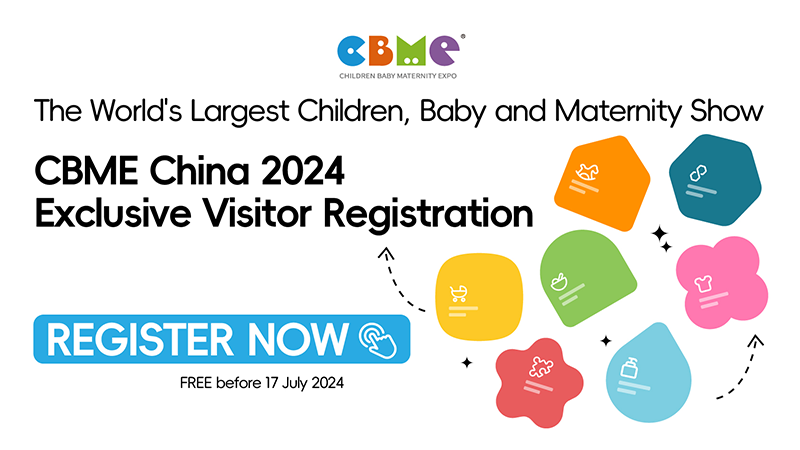Baby Food Manufacturing in Australia Industry Market Research Report
Source: Digital Journal
It appears that even the little ones are jumping on the gourmet bandwagon. With strong growth in nutrient-added and organic products, the Baby Food Manufacturing industry in Australia has seized the opportunity to take advantage of the lucrative market. Over the five years through 2013-14, industry revenue has grown at an annualised 4.8%, capturing demand within both the domestic and global market with great success. Over the past five years, the inclusion of pouch-and-spout packaging into the market has changed the game and assisted revenue growth within the industry as a premium and popular product. Growth of baby food has developed to include private label sales through Woolworths, intensifying market competition. Industry revenue growth is forecast at 6.6% in 2013-14, bringing revenue to $178.9 million.
Increases in consumption of baby food products are driven by a number of factors. Health consciousness appears to be one of the strongest driving forces for the industry. New products and marketing are centred on the long-term infant development benefits of particular products, many of which are nutrient-added to increase appeal. Organic baby food products have skyrocketed in consumption, further driving industry demand. The return of many women to the labour force following childbirth has also assisted the industry, as parents opt for convenient and nutritious baby food choices to ease pressure on busy schedules. The industry has been able to weather most economic market woes as parents tend not to cut costs on their baby’s nutrition out of fear of the health implications. Market share concentration in the industry has been high over the past five years, with major players PZ Cussons (Holdings) Pty Ltd and Heinz Wattie’s Pty Ltd dominating the market.
The premiumisation of baby products is likely to result in a strong emphasis on marketing, brand affiliation and in-store supermarket sales to drive demand. Growth over the next five years is expected to slightly ease as industry competition, particularly from private labels, reduces prices for baby food products. International demand from China and South-East Asia is expected to assist revenue growth as a growing middle class invests in safe, high-quality Australian baby food products. Product development within the nutrient-added and organic product segments is expected to drive growth in the Baby Food Manufacturing industry.






